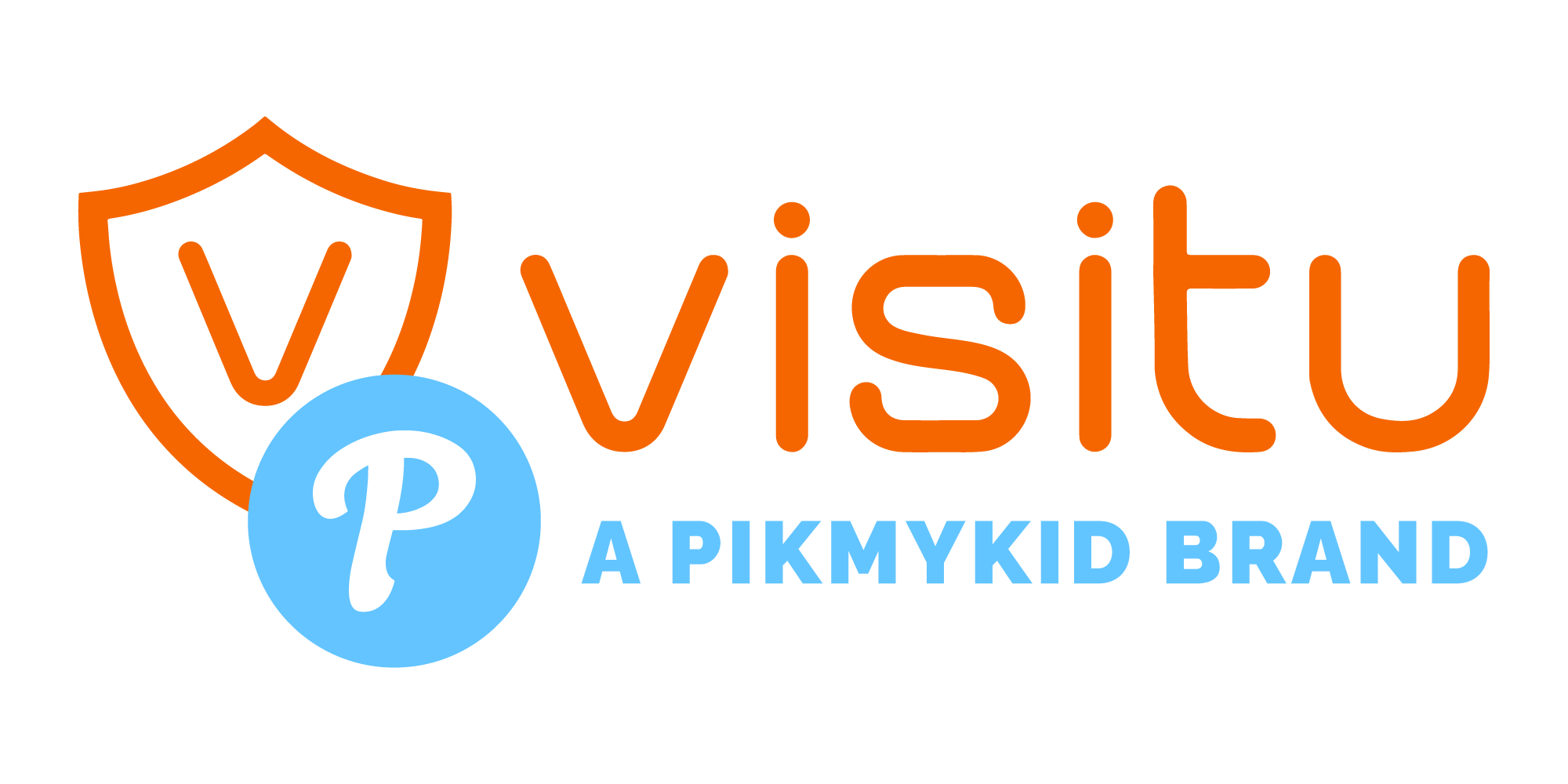In the wake of school shootings and other violent incidents, school safety has become a top priority for educators and administrators. One important aspect of school safety is visitor management. While many schools have implemented visitor management systems, they often lack a crucial feature: watchlist screening. In this article, we will explore the importance of watchlist screening in visitor management for school safety.
Introduction
School safety is a pressing concern for educators and administrators, with school shootings and other violent incidents becoming all too common. In order to keep students and staff safe, many schools have implemented visitor management systems to control access to school buildings. However, these systems often lack an important feature: watchlist screening.
What is Watchlist Screening?
Watchlist screening is the process of checking individuals against a list of names or other identifying information to determine if they pose a potential threat. In the context of visitor management for schools, watchlist screening involves checking visitors against a database of known or suspected threats to school safety.
Why is Watchlist Screening Important for School Safety?
Watchlist screening is an important tool for preventing violent incidents in schools. By checking visitors against a database of known or suspected threats, schools can identify potentially dangerous individuals before they enter the building. This allows administrators to take appropriate action, such as denying entry or alerting law enforcement.
How Does Watchlist Screening Work?
Watchlist screening works by comparing identifying information about visitors, such as their name and date of birth, against a database of known or suspected threats to school safety. This database may include information from law enforcement agencies, government watchlists, and other sources. If a visitor’s information matches an entry in the database, the system will alert administrators and provide information about the potential threat.
Implementing Watchlist Screening in Visitor Management Systems
Implementing watchlist screening in visitor management systems requires the integration of a watchlist database with the existing system. This may involve purchasing a third-party watchlist screening service or developing a custom solution in-house. In addition to technical considerations, implementing watchlist screening also requires buy-in from stakeholders such as administrators, teachers, and parents.
Common Objections to Watchlist Screening
Despite the potential benefits of watchlist screening, there are common objections to its use in school visitor management systems. These objections may include concerns about privacy, false positives, and the cost and complexity of implementing the technology.
Overcoming Objections to Watchlist Screening
To overcome objections to watchlist screening, it is important to address these concerns and communicate the potential benefits of the technology. This may involve educating stakeholders about the limitations of the system, implementing safeguards to protect privacy, and demonstrating the effectiveness of watchlist screening in preventing violent incidents.
Conclusion
Watchlist screening is a crucial tool for ensuring school safety in the face of potential threats. By integrating watchlist screening into visitor management systems, schools can better control access to their buildings and identify potentially dangerous individuals before they pose a threat. While there are objections to the use of watchlist screening, these concerns can be addressed through education, communication, and the implementation of appropriate safeguards.
FAQs
Is watchlist screening legal?
Yes, watchlist screening is legal as long as it is conducted in accordance with applicable laws and regulations.
How often should watchlist databases be updated?
Watchlist databases should be updated regularly to ensure they contain up-to-date information on potential threats.
Can watchlist screening prevent all violent incidents in schools?
No, watchlist screening is just one tool in a comprehensive approach to school safety. It can help identify potential threats, but other measures such as mental health support and physical security measures are also important.
Will watchlist screening result in false positives?
It is possible that watchlist screening will result in false positives, but appropriate measures can be taken to minimize the risk of false positives and ensure that administrators have the information they need to make informed decisions.
How can schools get started with implementing watchlist screening?
Schools can start by researching watchlist screening solutions and assessing their specific needs and requirements. It is also important to involve all stakeholders in the process and address any concerns or objections they may have.




